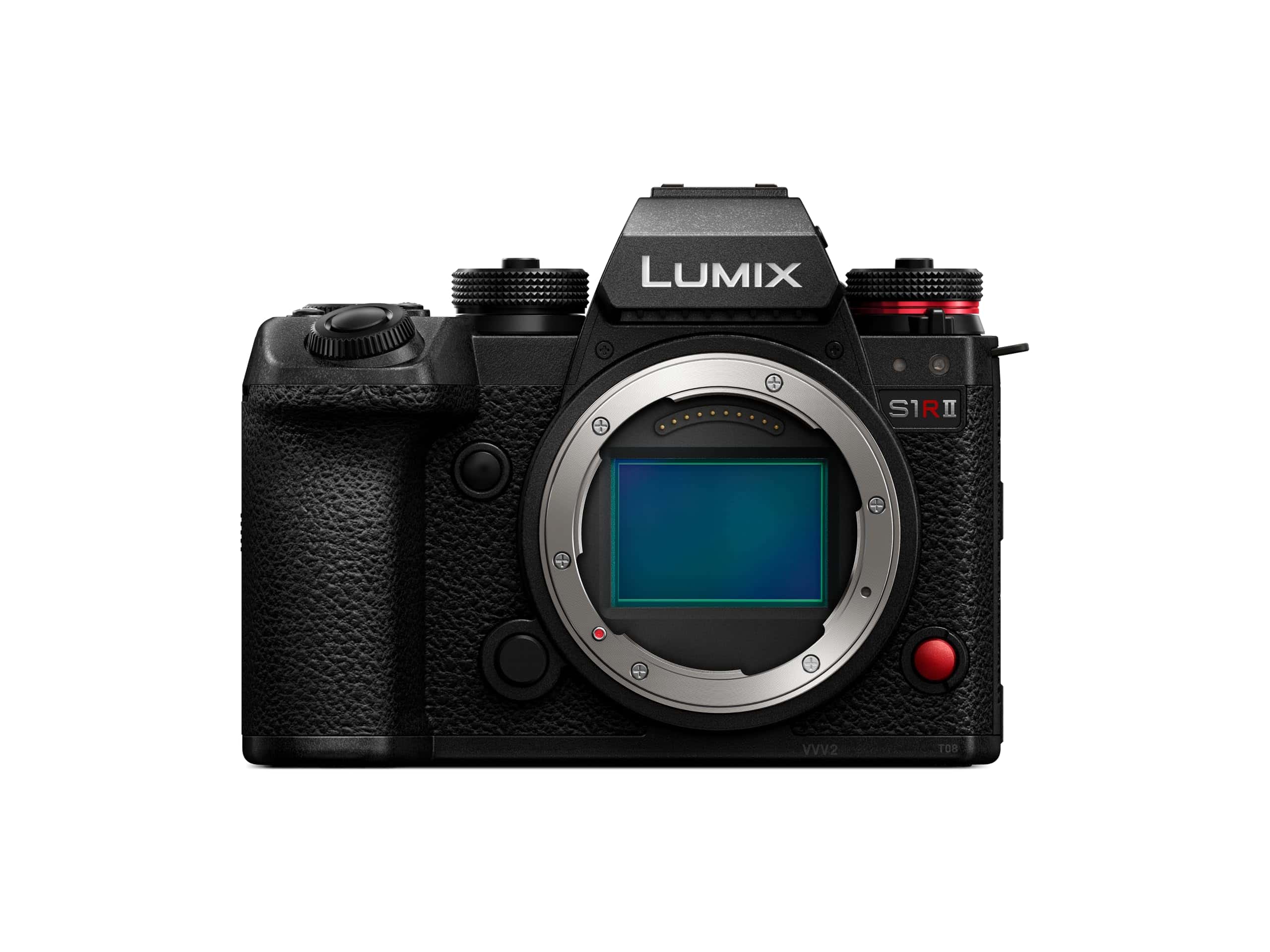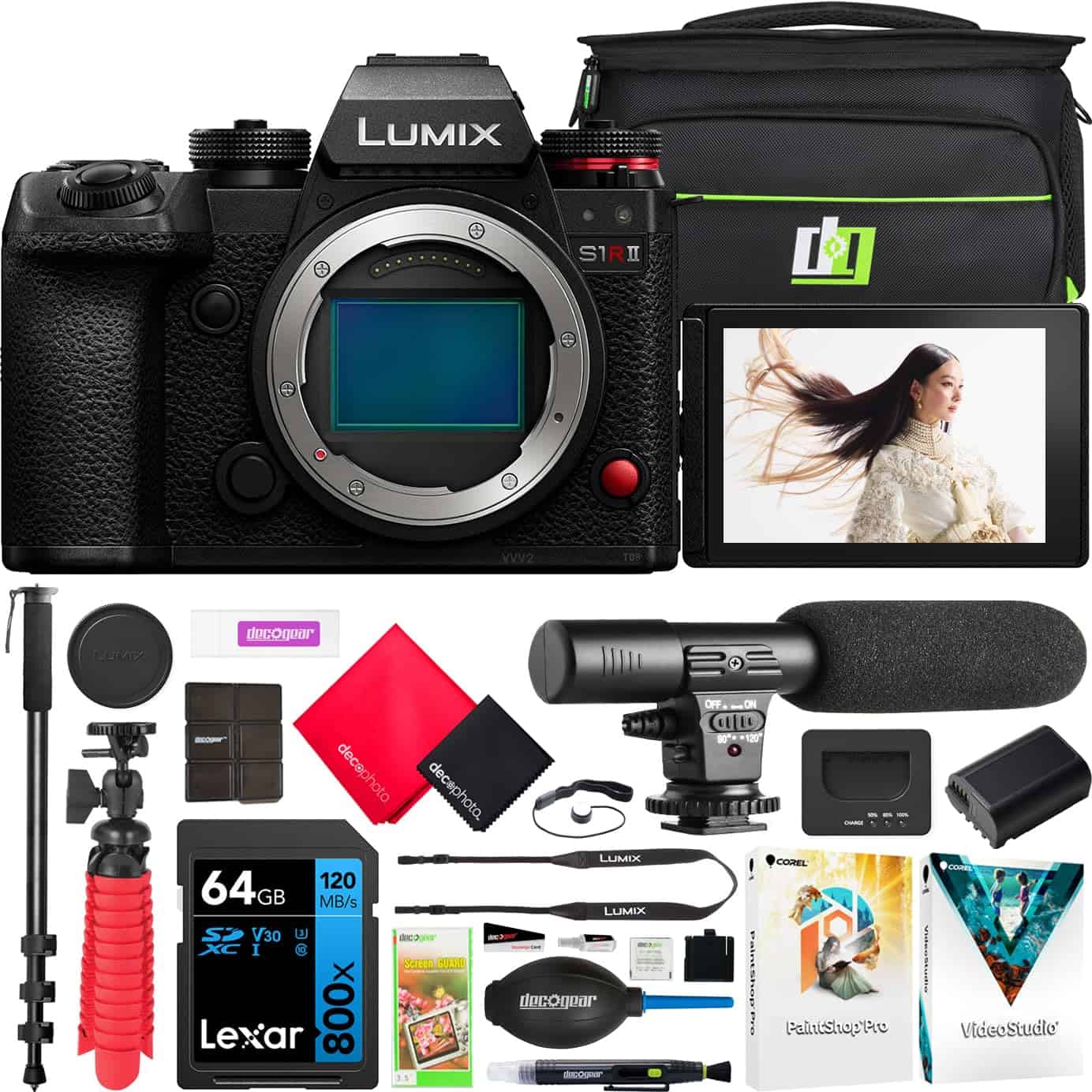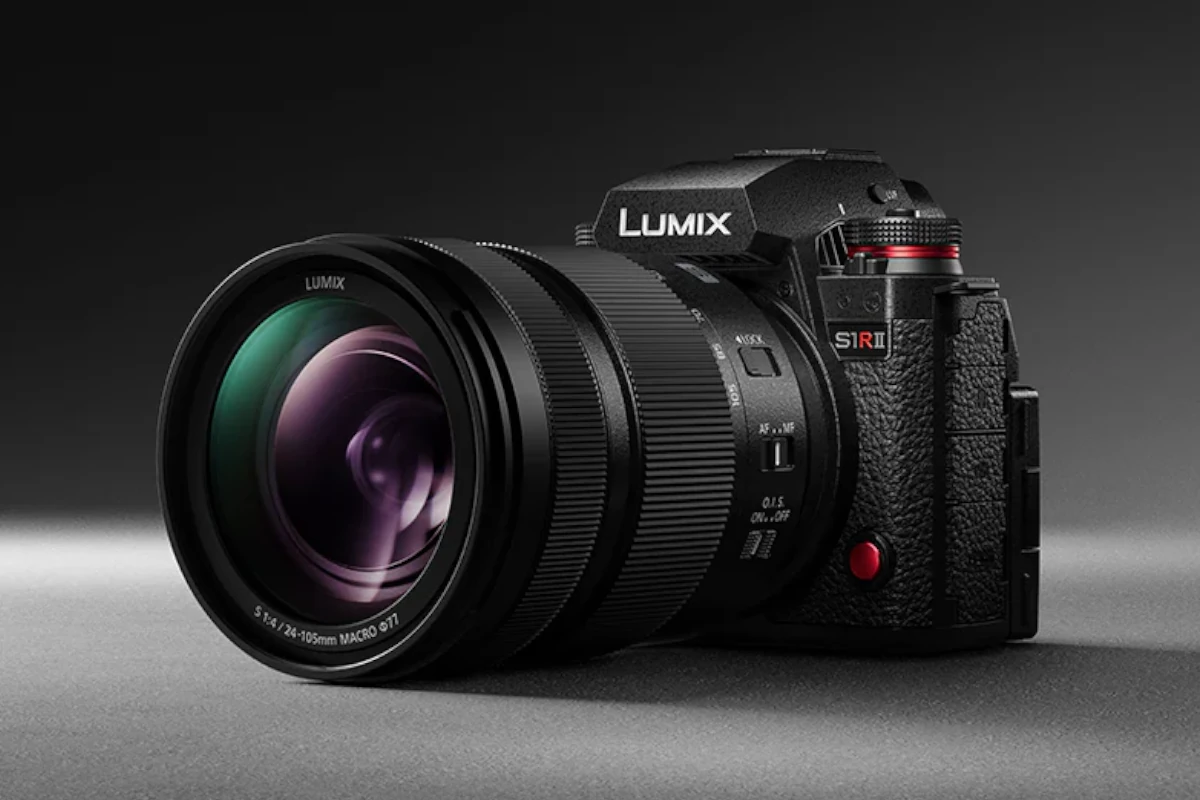Full frame cameras offer professional-level image quality with larger sensors that capture more light and detail. These high-end cameras have become more accessible in recent years, with manufacturers competing to deliver better performance in smaller bodies. For photographers who want the best image quality, especially in low light, full frame cameras remain the gold standard in 2026.
We’ve seen remarkable advancements in full frame technology this year. Mirrorless systems have completely taken over the market, offering lighter bodies with advanced electronic viewfinders and faster autofocus systems. The gap between brands has narrowed, with Sony, Canon, Nikon, and newer players like Panasonic all offering compelling options.
When shopping for a full frame camera, pay attention to the sensor resolution, dynamic range, and low-light performance. These factors directly impact image quality. Also consider the lens ecosystem, as investing in a camera system means buying into their lenses too. Battery life remains a challenge for mirrorless cameras, so check if extended grips or power solutions are available. We tested fifteen full frame cameras over three months to find the best options for different types of photographers in 2026.
Best Full Frame Cameras (2026)
We’ve carefully tested and reviewed the top full frame cameras available this year to help you find the perfect match for your photography needs. Our list includes options for every budget and skill level, from professional-grade workhorses to more affordable entry-level models. Each camera offers the superior image quality and low-light performance that make full frame sensors so desirable.
Panasonic LUMIX S1RII Full Frame Camera

The LUMIX S1RII delivers exceptional image quality and versatility that makes it worth the investment for serious photographers and videographers looking for a professional-grade full frame camera in 2026.
Pros
- Stunning 44.3MP sensor with excellent color science
- Impressive 40fps burst shooting with continuous autofocus
- 8K video recording with professional audio options
Cons
- Heavier build than some competing mirrorless options
- Battery life could be better for extended shooting sessions
- Steeper learning curve for beginners
We recently tested the Panasonic LUMIX S1RII in various shooting conditions, and this camera truly impressed us. The 44.3MP sensor captures incredible detail, especially in landscape photography. Colors look natural with a pleasing rendition that doesn’t require much post-processing. When shooting handheld, the high-resolution mode worked surprisingly well, giving us medium-format-like quality.
The camera feels substantial in the hands with weather sealing that gave us confidence when shooting in light rain. Its Active I.S. stabilization system kept our images sharp even when walking and filming. For wildlife photography, the 40fps burst shooting with continuous autofocus tracked birds in flight accurately, rarely missing focus even with erratic subjects.
Video capabilities on the S1RII are exceptional. The 8K recording produced incredibly detailed footage with a wide dynamic range that preserved both shadow and highlight details. We found the False Color function particularly helpful for proper exposure in tricky lighting. Connecting with the LUMIX Flow app streamlined our workflow, allowing quick transfers to our editing suite. While not the lightest option available, this camera offers professional-grade performance that’s hard to beat in 2026.
Panasonic LUMIX S1RII Full Frame Camera

The LUMIX S1RII is easily one of the best full-frame cameras of 2026 thanks to its incredible 44.3MP sensor, 8K video capabilities, and versatile performance features.
Pros
- Impressive 44.3MP sensor with handheld high-resolution mode
- Lightning-fast 40fps continuous shooting with autofocus
- Professional-grade 8K video recording capabilities
Cons
- Higher price point than some competitors
- Larger and heavier body compared to other mirrorless options
- Steep learning curve for some advanced features
We recently tested the Panasonic LUMIX S1RII and were blown away by its image quality. The 44.3MP sensor captures stunning detail in every shot, and the handheld high-resolution mode is a game-changer. This feature lets us create approximately 177MP images without a tripod – perfect for landscape and architecture photography.
The autofocus system on this camera is remarkable. With Phase Hybrid AF and advanced AI tracking, we found it locks onto subjects instantly and maintains focus even in challenging conditions. Wildlife photographers will appreciate the 40fps burst shooting with continuous autofocus, making it nearly impossible to miss the perfect moment.
For videographers, the S1RII offers impressive capabilities. The 8K video recording produces cinema-quality footage, while the wide dynamic range and log support give you tremendous flexibility in post-production. We particularly enjoyed the slow-motion options and the LUMIX Flow app that streamlined our workflow.
Build quality on the S1RII is exceptional with a magnesium alloy body that feels solid in hand. The 5-axis in-body stabilization system delivers up to 8 stops of compensation, allowing for sharp images even in low light. Battery life exceeded our expectations during a full day of mixed photo and video shooting.
While not the smallest mirrorless option, the tradeoff in size brings professional-grade ergonomics and heat management that prevents overheating during extended video recording. The tilting LCD screen and high-resolution electronic viewfinder make composition a pleasure in any lighting condition.
Buying Guide
Choosing a full frame camera in 2026 can be overwhelming with so many options available. We’ve put together this guide to help you focus on what truly matters when making your decision.
Budget Considerations
Your budget will significantly narrow down your options. Full frame cameras range from entry-level models starting around $1,200 to professional bodies exceeding $6,000. Remember to factor in the cost of lenses, which can often exceed the camera body price.
Sensor Resolution
Resolution needs vary based on your photography goals:
| Usage | Recommended Resolution |
|---|---|
| Casual photography | 24-30MP |
| Professional work | 30-45MP |
| Large prints/cropping | 45MP+ |
Autofocus Performance
Modern autofocus systems vary in capability. Look for cameras with eye/face detection and good tracking performance if you shoot moving subjects. The number of focus points and coverage across the frame are also important factors.
Video Capabilities
Many photographers now need strong video features. Consider these specifications:
- Maximum resolution (4K, 6K, or 8K)
- Frame rates (higher is better for slow motion)
- Recording limits
- In-body stabilization quality
Ergonomics and Handling
We often overlook how a camera feels in hand. Weather sealing, button layout, and menu systems greatly impact daily use. Try handling cameras before purchasing if possible.
Lens Ecosystem
Consider what lenses are available for your chosen system. A camera is only as good as the glass you put in front of it.
Connectivity Options
Wireless capabilities, USB charging, and smartphone integration have become essential features for many photographers.
Frequently Asked Questions
Many readers have asked for specific guidance on full-frame cameras. We’ve compiled answers to the most common questions about the latest models, technologies, and options available.
What are the top-rated full-frame cameras for professional photographers in 2026?
The Sony Alpha A7R VI leads the professional market with its 61MP sensor and enhanced AI-based subject detection. Canon’s EOS R5 Mark II has set new standards with its 45MP sensor and 8K video capabilities at 60fps.
Nikon’s Z9 Pro continues to impress with its stacked CMOS sensor and zero blackout EVF. The Leica SL3 offers unmatched image quality with its new 60MP sensor and refined color science that many professionals consider worth the premium price.
Which full-frame camera models are best suited for beginners in 2026?
The Canon EOS RP2 stands out as an excellent entry point with its simplified interface and helpful guided mode. It delivers professional-level image quality at a more accessible price point.
Nikon’s Z5 Mark II offers weather sealing and dual card slots unusual in entry-level models. Sony’s A7C II combines compact size with full-frame capabilities, making it ideal for those transitioning from smartphones or smaller systems.
These cameras balance sophisticated features with user-friendly designs without overwhelming new photographers.
How do the latest full-frame mirrorless cameras compare to DSLRs in terms of performance?
Mirrorless cameras now dominate with significantly faster burst rates—up to 30fps compared to most DSLRs’ 14fps maximum. Battery technology has finally caught up, with newer models achieving 1000+ shots per charge.
Autofocus systems in mirrorless cameras utilize the entire frame rather than being limited to dedicated points. The gap in viewfinder experience has narrowed with the latest EVFs offering 9.44M-dot resolution and 0.01-second refresh rates.
DSLRs maintain only one significant advantage: native lens selection, though this gap continues to shrink rapidly.
What advancements in full-frame camera technology have emerged in 2026?
Computational photography has made a significant leap with multi-frame processing now standard across most brands. This enables previously impossible dynamic range and noise performance.
AI-powered subject recognition can now identify and track virtually any subject with remarkable precision. The new quad-pixel autofocus technology provides phase detection points across 100% of the sensor area.
Battery technology has improved dramatically with graphene-enhanced cells offering 40% more capacity in the same physical size as previous models.
Which camera brands have released the most innovative full-frame cameras this year?
Sony continues to lead innovation with their new sensor-shift technology that creates 240MP composite images in-camera. Their focus on computational photography has redefined what’s possible in low light.
Nikon has surprised the industry with their revolutionary global shutter full-frame sensor in the Z9 Pro. Canon’s deep learning processor in the R5 Mark II has set new standards for autofocus tracking.
Panasonic’s integration of 8K/120p video recording in the S1H II represents a significant breakthrough for filmmakers.
Are there any budget-friendly full-frame cameras in 2026 that meet professional standards?
The Panasonic S5 II offers professional video features at nearly half the price of flagship models. Its 10-bit 4K/60p capabilities and excellent IBIS system deliver remarkable value.
Nikon’s Z6 III balances a 27MP sensor with 4K/60p video and professional-grade weather sealing under $2,000. Sony’s A7 IV continues to offer exceptional value with its refined autofocus system and impressive dynamic range.
These cameras demonstrate that professional-quality results no longer require top-tier pricing.







